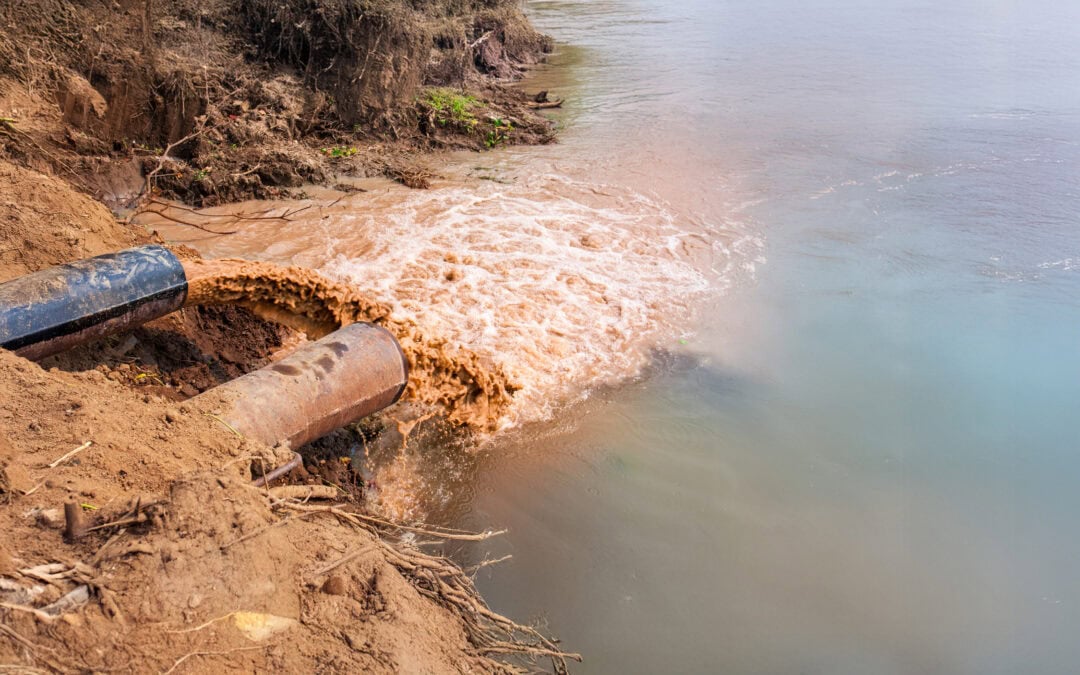Arsenic contamination of groundwater happens when the naturally occurring element arsenic seeps into underground water supplies. In many regions, arsenic sits in soil and rock layers. Over time, it dissolves into the water that people draw from wells and springs. When levels rise above safe limits, water becomes unsafe to drink or use for cooking.
This contamination matters because arsenic carries serious health risks. It has no taste, color, or odor, so you can’t tell it’s there without testing. By understanding how and why arsenic enters groundwater, we can take steps to keep our water clean and our families safe.
Natural Causes of Arsenic Contamination in Groundwater
Arsenic contamination of groundwater can often take years or decades to set in as arsenic levels change slowly. This contamination typically begins far underground, where the element occurs naturally in rock and soil. Then, over thousands of years, changes in water chemistry can free arsenic atoms from these materials.
Knowing the natural causes of arsenic contamination helps communities and homeowners choose the right water treatments and protect public health.
Geologic Sources
Many rock formations hold arsenic-bearing minerals. When groundwater passes through these layers, it can pick up arsenic. Factors like low oxygen levels, high pH, or the presence of certain microbes speed up this release. Wells drilled into these aquifers may draw water with unsafe arsenic levels, leading to contamination in drinking water if left untreated.
Erosion and Weathering
At the Earth’s surface, erosion and weathering break down rocks and soil. Rain, wind, and temperature changes create cracks and expose fresh rock surfaces. As water infiltrates these areas, it dissolves arsenic and carries it downward. Over time, this weathering moves arsenic into rivers, lakes, and underground water stores, raising the risk of arsenic contamination in nearby wells.
Human Activities That Cause Arsenic Contamination
Human actions have become a major driver of arsenic contamination of groundwater. When industries, farms, and energy projects disturb the earth, they can release arsenic into water supplies. Below are key human activities that cause arsenic contamination in groundwater.
Historic Oil and Gas Operations
Historic oil and gas operations often leave behind unlined pits, poorly sealed wells, and waste brine. As drilling fluids and water seep into the ground, they can carry arsenic and other toxins into aquifers. Over time, these fluids mix with groundwater and raise arsenic levels above safety limits.
Industrial Waste Disposal
Factories and plants can also contribute to arsenic contamination when they release waste directly onto land or into unlined lagoons. Accidental spills of chemicals, improper handling of scrap metal, and legacy dumpsites can all pose a threat. As groundwater passes through or under these sites, it dissolves arsenic and carries it into wells and springs.
Health Impacts of Arsenic Contamination in Drinking Water
When people drink water with elevated arsenic levels over days or weeks, they commonly face stomach pain, nausea, vomiting, and diarrhea. These gastrointestinal issues can lead to dehydration and weakness if not treated quickly. Some individuals also develop skin irritation, such as redness or itching.
Long-term exposure to arsenic in drinking water poses grave health risks. Over years or decades, arsenic damages DNA and disrupts cell growth, increasing the risk of cancers in the skin, bladder, lungs, and kidneys. It also harms blood vessels and the heart, contributing to high blood pressure, hardening of the arteries, and a higher chance of heart attacks or strokes.
Legal Remedies and Legacy Litigation
Legacy litigation lets communities and landowners hold past polluters responsible for historic contamination. These lawsuits focus on companies—often from industries like oil and gas—that released arsenic or other toxins into soil and groundwater decades ago. By tracing pollution back to its source, Legacy litigation aims to force those companies to pay for cleanup, water testing, and harm caused by unsafe drinking water.
Role of a Legacy Litigation Attorney
A Legacy litigation attorney guides clients through each step of an arsenic contamination case. First, the attorney gathers evidence, such as well tests, maps of old oil and gas operations, and documents showing how and when contaminants spread. Next, they file claims against the responsible parties and negotiate for damage awards. Throughout the process, the attorney works to remedy losses tied to arsenic contamination.
When to Seek Legal Help for Arsenic Contamination
Don’t wait to protect your family’s health, your property, and your legal rights. Some common signs of potential contamination include sudden spikes in water treatment costs and notices of soil or water cleanup nearby. If you suspect arsenic in your water, test your well right away and install a certified treatment system if levels exceed safe limits.
At the same time, reach out to a Legacy litigation attorney before key filing deadlines pass—these cases depend on timely action to preserve evidence and build a strong claim. The sooner you act, the faster you can secure clean water, remediate the problem, and hold past polluters accountable. Contact Talbot, Carmouche & Marcello today for a free review of your situation and clear next steps.

